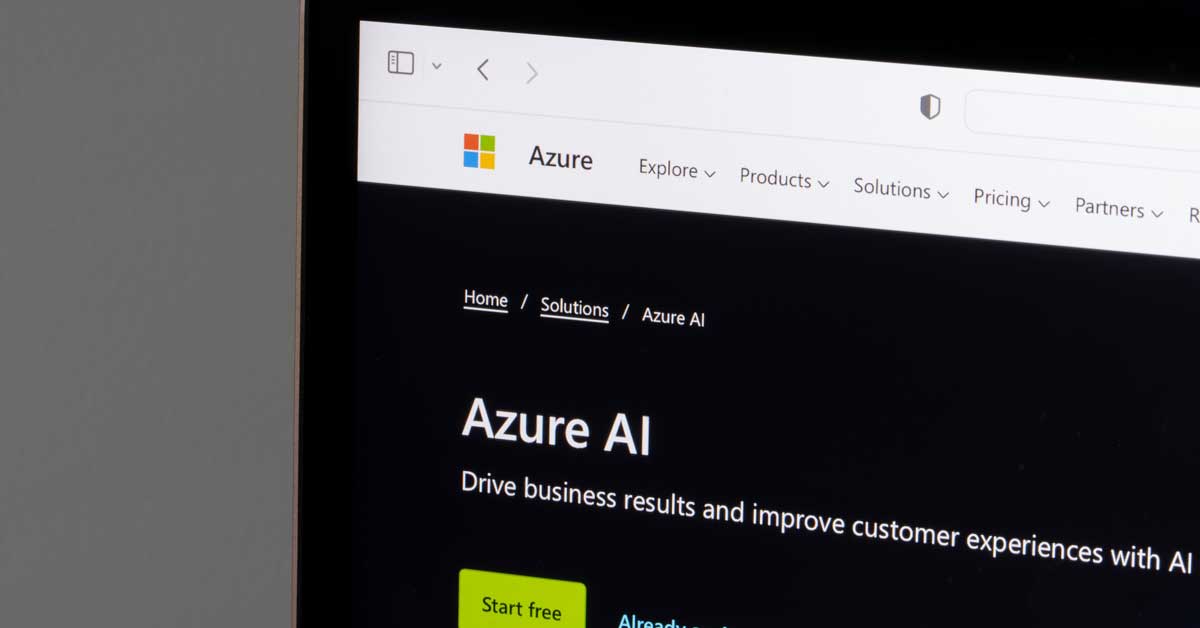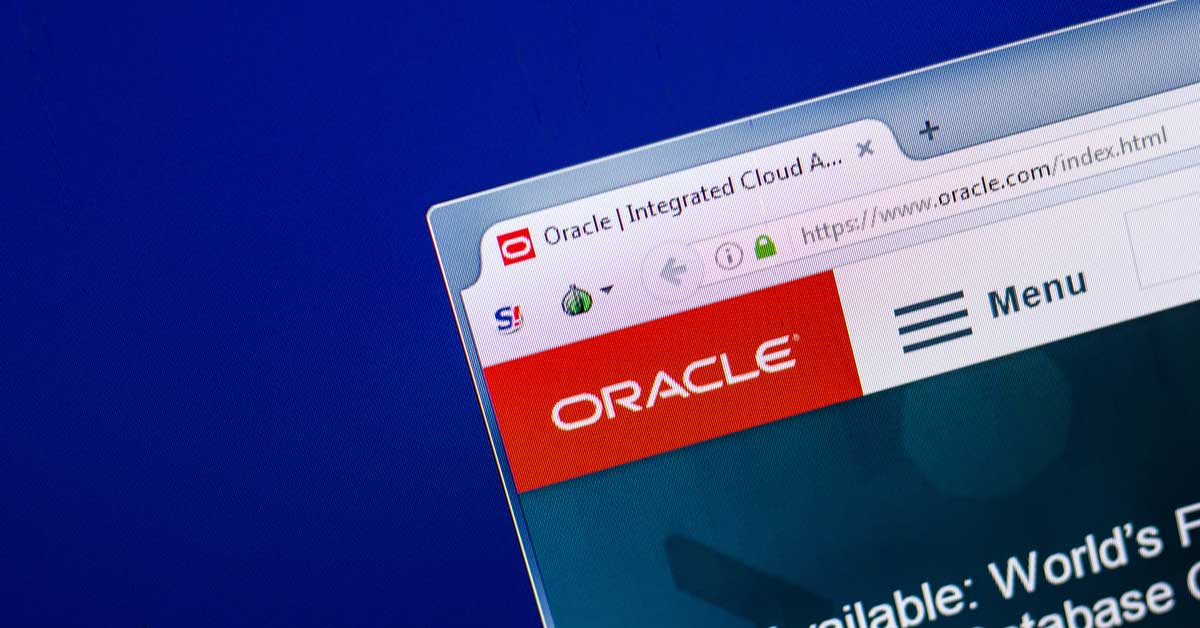In the rapidly evolving world of tech, AI emerges as a crucial innovation catalyst, offering businesses worldwide groundbreaking advantages. The proliferation of AI platforms provides organizations with the tools to leverage AI’s power, yet the sheer variety complicates the selection process for tech developers and business leaders. Assessing these platforms’ strengths, weaknesses, user experience, scalability, and integration potential is essential. Our guide offers a detailed comparison of leading AI software platforms to support you in choosing one that best aligns with your strategic objectives.
Amazon AI Services

Features: Amazon AI, central to AWS, delivers a comprehensive suite of AI tools for various industries, featuring Amazon Lex for chatbots, Recognition for image/video processing, Polly for speech synthesis, SageMaker for easy model building, and Forecast for accurate time-series forecasting. This cohesive ecosystem is designed to meet a wide range of business needs.
Pros: Amazon AI Services excels by providing scalable, deep learning technologies that enable businesses to start small and grow efficiently. Their pay-as-you-go pricing ensures cost-effectiveness, aligning expenses with usage. This advantage, supported by AWS’s extensive infrastructure, makes Amazon AI an essential tool for competitive innovation without large initial investments.
Cons: The breadth of Amazon AI’s offerings, while beneficial, can be daunting for beginners, and integrating with non-AWS systems can be complicated. This highlights the need for strategic planning when adopting Amazon AI, especially for businesses not already utilizing AWS.
Primary Programming Languages: Python, Java, JavaScript, C++, Go
TensorFlow

Features: TensorFlow shines in AI with its support for complex deep-learning tasks. Its flexible architecture allows use across multiple computing platforms via a unified API, widening its usability. TensorBoard, a key feature, provides a visual representation of models’ performance, simplifying the process of debugging and optimizing machine learning projects.
Pros: TensorFlow excels as a powerful, open-source AI framework perfect for large-scale computations and complex AI projects. It provides numerous pre-built models and efficient processes, significantly reducing development time. Backed by a vibrant community and continuous updates, its compatibility with Google Cloud further boosts its scalability and ease of deployment, making it a premier choice in the AI sector.
Cons: TensorFlow’s complexity and extensive capabilities can be daunting for machine learning novices, requiring a solid foundation in math and coding. It’s more suited for experts or large-scale projects due to its rich feature set and scalability. Beginners might find the learning curve steep, emphasizing the need for thorough evaluation based on the project’s scale and complexity to avoid unnecessary hurdles.
Primary Programming Languages: Python, C++
Microsoft Azure AI

Features: Microsoft Azure AI uses AI to transform business processes and customer interactions. It employs Azure Cognitive Services for comprehensive data analysis and Azure Machine Learning for easier model development. Azure Bot Services introduces intelligent bots for improved customer service. Combined, these tools create a powerful AI ecosystem for business innovation.
Pros: Microsoft Azure AI excels in its seamless integration within the Microsoft ecosystem, facilitating easier AI adoption through its user-friendly interface and compatibility with widely used software such as Office 365 and Dynamics 365. It significantly lowers the barrier to AI entry with the Azure Machine Learning Studio’s no-code/low-code options, all while maintaining high standards of security, compliance, and scalability.
Cons: Microsoft Azure AI’s tight integration with its own ecosystem may limit flexibility and third-party service compatibility, presenting a hurdle for those seeking extensive customization. Its wide but complex array of offerings might also be daunting for AI novices, possibly requiring significant training or external support.
Primary Programming Languages: Python, C#, C++, JavaScript/Node.js, Java, and TypeScript
Petuum

Features: Petuum revolutionizes AI with its specialized operating system, crafted for modern AI demands. It democratizes AI, ensuring it’s easily adaptable for various industries. Central to its innovation is making AI software industrial-scale, streamlining everything from creation to deployment. Its scalable, hardware-independent design offers flexibility in AI deployment, setting new industry standards.
Pros: Petuum offers a unique approach to AI adoption with its scalable platform, hardware-agnostic design, and easy IT integration. These features cater to businesses of any size, provide deployment flexibility, and facilitate smooth technology transitions, making advanced AI applications more accessible across various industries.
Cons: Petuum’s innovative AI framework faces adoption barriers due to its new market presence and smaller community. Its distinctive platform struggles without a strong ecosystem or the reliability established by competitors. The lack of community support and integration options hinders easy innovation, while its specialized system may overwhelm newcomers, especially those with limited resources.
Primary Programming Languages: C++
Oracle Cloud Infrastructure (OCI) AI Services

Features: OCI AI Services streamline business processes by integrating AI and machine learning, enabling effective data analysis, pattern recognition, and predictive modeling under one ecosystem. This integration allows for swift implementation and operational upgrades, minimizing the need for external support and manual coding. OCI AI Services’ cloud-based design further enhances its scalability.
Pros: OCI AI Services notably excels in security, safeguarding client data with advanced measures. They also offer high-performance computing for complex AI tasks and seamlessly integrate with Oracle’s ERP solutions, enhancing operational efficiency and decision accuracy.
Cons: Oracle’s OCI AI services may be too costly and intricate for small businesses or those on limited budgets. Its complex platform can also be less intuitive compared to competitors, making it difficult for newcomers to exploit its full AI and machine learning potential without substantial training. This aspect might deter organizations from looking for a simpler AI solution.
Primary Programming Languages: Python, Java, JavaScript, GO, C++
DataRobot

Features: DataRobot revolutionizes data science with a platform that makes analysis and model development straightforward. It supports a wide range of machine learning algorithms, enabling users to create and deploy predictive models without extensive technical knowledge. This accessibility empowers both data experts and business analysts alike, streamlining data science processes.
Pros: DataRobot’s chief benefit lies in its advanced AutoML technology, speeding up the creation of models for precise predictions. It emphasizes understanding the model-building process through detailed explanations of its decisions, fostering transparency and trust essential for businesses to justify their data-driven choices to stakeholders.
Cons: However, DataRobot’s advanced features could be cost-prohibitive for small businesses or those with tight budgets. Additionally, its comprehensive toolkit may exceed the needs of organizations with simpler data science requirements, making it an expensive choice for basic projects.
Primary Programming Languages: Python, R, Java, JavaScript, R, SQL
Tencent

Features: Tencent leverages AI to boost business and consumer interactions through web services. Key focuses include facial recognition for enhanced security, natural language processing to improve communication, and cutting-edge online payment systems for better digital commerce efficiency and engagement.
Pros: Tencent’s AI services stand out due to their robust data handling and innovative applications, such as AI-driven gaming and digital content. These capabilities are crucial in our data-centric world, providing Tencent a competitive edge by optimizing data analysis and expanding AI’s potential in entertainment.
Cons: Tencent’s AI solutions, while robust within China, may face challenges in global markets due to their local focus. The customization for China’s unique environment can complicate international adoption, requiring significant modifications to align with different market requirements and regulations.
Primary Programming Languages: C++, Java, JavaScript, Python, Go
PredictionIO

Features: PredictionIO shines in the AI and machine learning field with its open-source server, giving developers full reign for more flexible AI application management and deployment. It seamlessly meshes with existing apps, bolstered by a strong community that enriches its resources with practical insights and constant updates.
Pros: PredictionIO is notably adaptable and cost-effective, perfect for startups and tech enterprises looking to economically incorporate AI capabilities. Its compatibility with a wide range of data sources and software, combined with a strong, community-driven support system, streamlines AI integration and fosters innovation.
Cons: PredictionIO might not meet the needs of organizations looking for an extensive AI solution. Its feature set, while broad, doesn’t match the depth offered by giants like Google, Amazon, or IBM, which deliver advanced deep learning, analytics, and tailored services.
Primary Programming Languages: Scala, Python, Java
IBM Watson

Features: IBM Watson represents a pinnacle of innovation in AI, designed for enterprises. It offers a wide-ranging suite of AI services, including language processing and data analysis. In addition to language processing and data analysis, IBM Watson’s suite of AI services extends to visual recognition, enabling businesses to interpret and analyze images and videos for various applications. This capability is particularly beneficial in sectors such as retail, where it can enhance customer engagement through personalized recommendations based on visual cues. Its diverse capabilities enable businesses in healthcare, finance, and beyond to enhance efficiency, gain insights, and personalize customer experiences, transforming industries with actionable data.
Pros: IBM Watson’s strength lies in its enterprise-focused AI solutions, designed to solve specific business challenges with industry-specific tools, backed by IBM’s trusted, decades-long legacy in technology.
Cons: IBM Watson’s complex AI features and comprehensive interface may pose challenges for newcomers and small businesses. The detailed integration process requires significant time and technical knowledge, potentially hindering those without extensive resources.
Primary Programming Languages: Python, Java, JavaScript/Node.js
Wipro Holmes
Features: Wipro Holmes leverages AI to enhance productivity and customer satisfaction through hyper-automation and cognitive computing. It streamlines complex tasks across infrastructure and maintenance, promoting the transition to automated enterprise environments. This evolving solution fosters continuous innovation and efficiency with reduced manual efforts.
Pros: Wipro Holmes distinguishes itself with strong automation and cognitive features, streamlining complex operations to enhance efficiency and lower costs. Its predictive analytics also support preemptive problem-solving, elevating both operational efficiency and client contentment, making it a vital tool for businesses aiming for innovation and competitiveness.
Cons: Wipro Holmes faces challenges with limited market visibility and a complex setup. Mainly known within Wipro’s client base, it struggles with broader market adoption. Organizations may find its full potential locked behind a need for direct partnerships with Wipro, adding logistical and financial complexities for those seeking standalone AI solutions.
Primary Programming Languages: Python, Java, JavaScript/Node.js, SQL
NVIDIA AI

Features: NVIDIA’s AI development, powered by robust GPUs, offers specialized suites for deep learning and analytics. Capable of managing extensive datasets and intricate algorithms, it aids in improving image and speech recognition, along with natural language processing. This integration of GPU technology with AI ensures rapid, efficient data handling, crucial for AI-focused ventures.
Pros: NVIDIA’s advanced GPUs provide immense computational power, crucial for AI innovation. Their technology enables quicker AI model development and complex computations, significantly benefiting data scientists and developers. This accelerates AI advancements and enhances productivity through tools like CUDA.
Cons: The primary drawback of NVIDIA’s AI offerings is their significant hardware and expertise investment, making them more suitable for large or specialized entities heavily engaged in AI research. This requirement may pose challenges for smaller businesses or those newer to AI, emphasizing a gap between high-level AI research and broader business applications.
Primary Programming Languages: CUDA, Python, C/C++, TensorRT
OpenAI

Features: OpenAI stands as a cutting-edge research laboratory in AI, focusing on ensuring that artificial general intelligence (AGI) benefits all of humanity. With projects like GPT (Generative Pre-trained Transformer) series, it’s at the forefront of natural language processing, offering tools that can understand, generate, and translate text with remarkable accuracy. OpenAI’s commitment to ethical AI development is also notable, aiming to advance AI technologies within a framework that prioritizes safety and societal benefits.
Pros: OpenAI’s innovations, such as GPT-3, have revolutionized the way businesses and individuals interact with AI, providing capabilities that range from drafting emails to generating code. Its open-source approach encourages widespread adoption and community-driven improvement, making cutting-edge AI more accessible to a broader audience.
Cons: While OpenAI democratizes access to advanced AI capabilities, its powerful models come with risks of misuse, including generating misleading information or automating tasks in a way that could disrupt job markets. Furthermore, the computational resources required to train and run these large models may pose accessibility challenges for smaller organizations or researchers with limited budgets.
Primary Programming Languages: Python, C++, and JavaScript
Conclusion
When assessing AI platforms, it’s crucial to align with your organization’s specific requirements, focusing on user experience, scalability, and smooth integration. Consider both the strengths and limitations of each option, bearing in mind the dynamic nature of AI technology. The ideal choice will not only meet your current needs but will also adapt and evolve, driving your business toward greater efficiency and innovation.

















